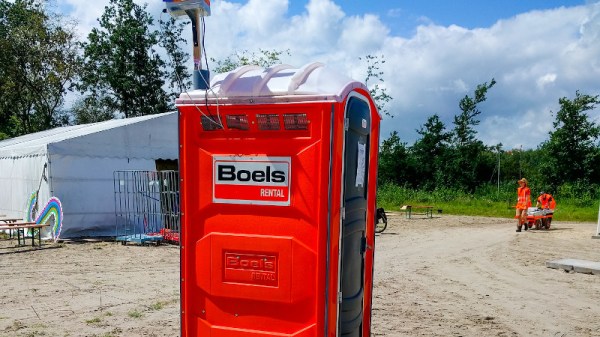As an itinerant Hackaday writer I am privileged to meet the people who make up our community as I travel the continent in search of the coolest gatherings. This weekend I’ve made the trek to the east of the Netherlands for the ETH0 hacker camp, in a camping hostel set in wooded countryside. Sit down, connect to the network, grab a Club-Mate, and I’m ready to go!
Forget the CTF, Connecting To WiFi Is The Real Challenge!
There no doubt comes a point in every traveling hacker’s life when a small annoyance becomes a major one and a rant boils up from within, and perhaps it’s ETH0’s misfortune that it’s at their event that something has finally boiled over. I’m speaking of course about wireless networks.
While on the road I connect to a lot of them, the normal commercial hotspots, hackerspaces, and of course at hacker camps. Connecting to a wireless network is a simple experience, with a level of security provided by WPA2 and access credentials being a password. Find the SSID, bang in the password, and you’re in. I’m as securely connected as I reasonably can be, and can get on with whatever I need to do. At hacker camps though, for some reason it never seems to be so simple.
Instead of a simple password field you are presented with a complex dialogue with a load of fields that make little sense, and someone breezily saying “Just enter hacker and hacker!” doesn’t cut it when that simply doesn’t work. When you have to publish an app just so that attendees can hook up their phones to a network, perhaps it’s time to take another look . Continue reading “So. What’s Up With All These Crazy Event Networks Then?”















